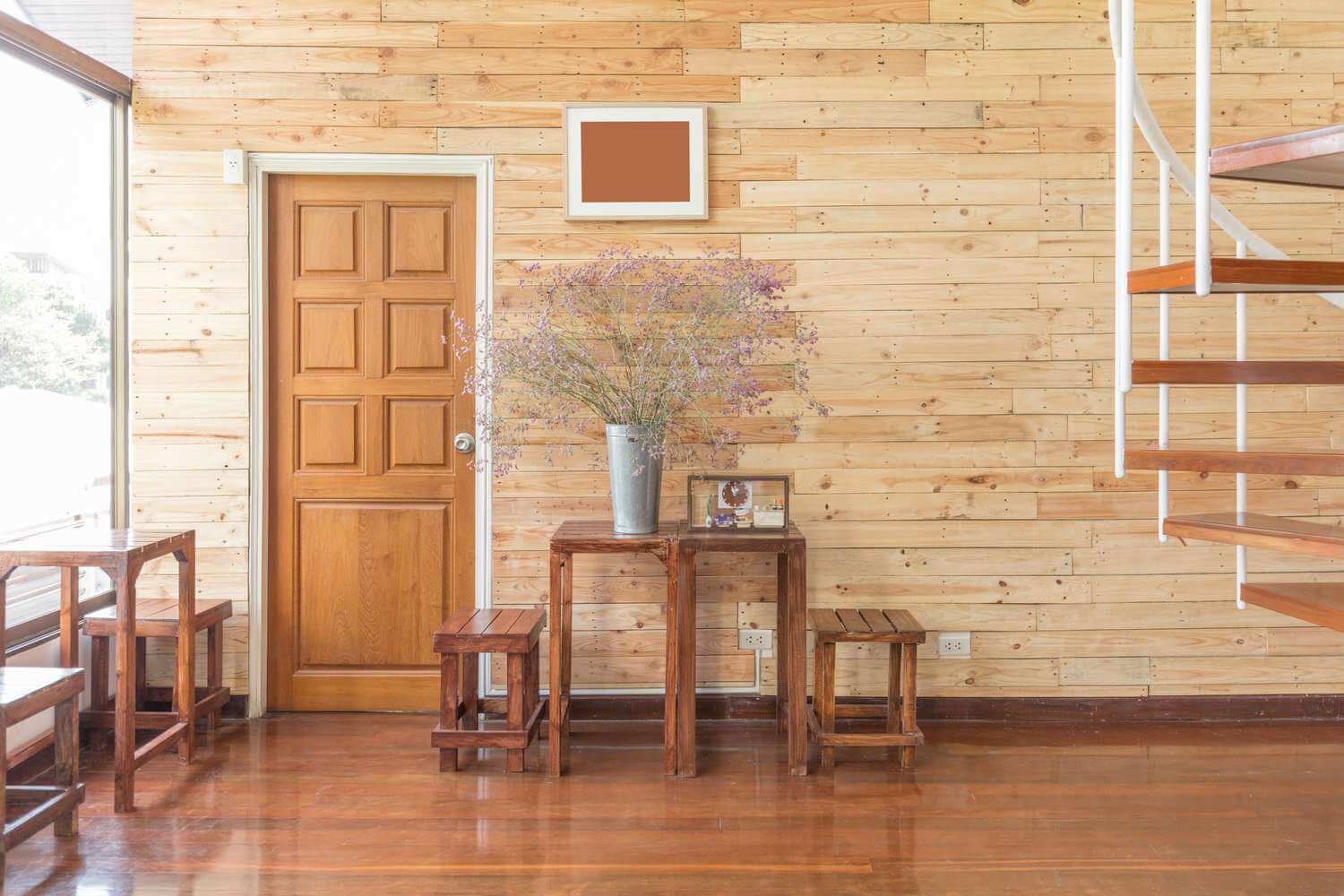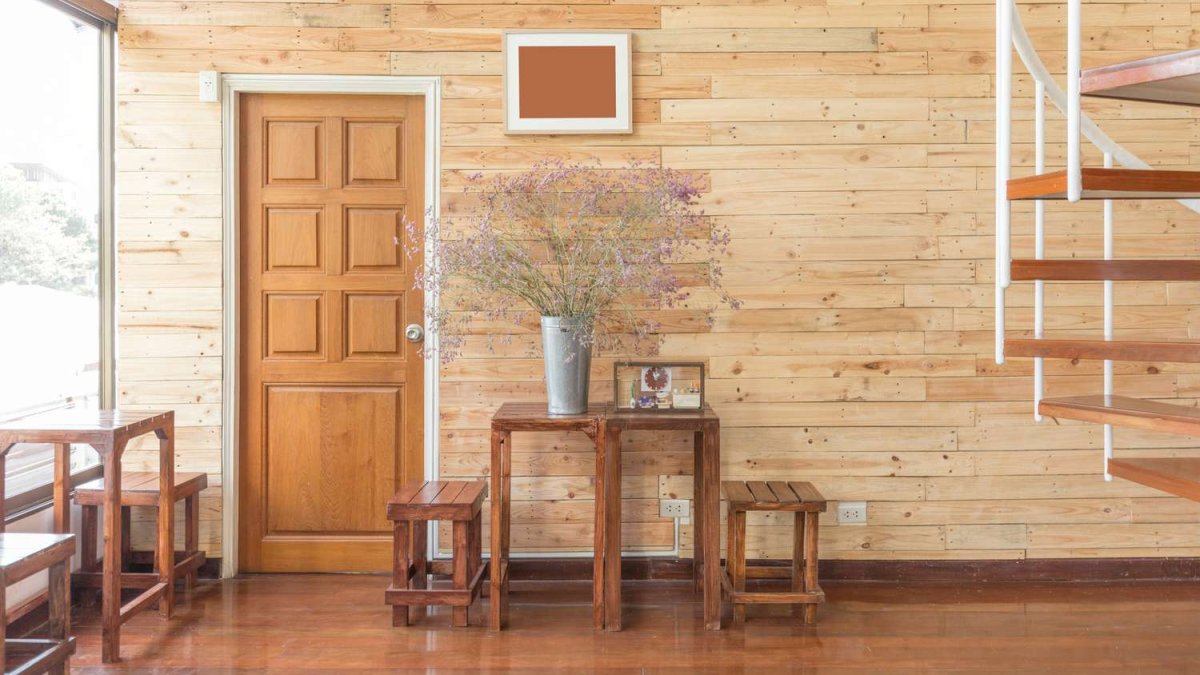
Renovating your home can be an exciting journey of self-expression, functionality improvements, and property value appreciation. However, it can also generate considerable waste and contribute to resource depletion. Fortunately, there’s a sustainable solution that reduces waste and adds character and uniqueness to your home: renovating with reclaimed materials.
The Rise of Reclaimed Materials
Reclaimed materials are salvaged from old buildings, discarded furniture, factories, and other sources. These materials include hardwood flooring, vintage fixtures, antique doors, and more. In recent years, there has been a significant surge in interest and demand for reclaimed materials in home renovation projects. Why? Renovating with reclaimed materials embodies sustainability principles and contributes to preserving our planet’s resources.
The Environmental Benefits
Waste Reduction: Using reclaimed materials diverts items that might otherwise end up in landfills. This reduces the environmental impact associated with waste disposal and minimizes the need for new resource extraction.
Lower Energy Consumption: Manufacturing new materials requires substantial energy resources. Reclaimed materials already exist and only need refurbishing, saving the energy and emissions associated with new production.
Preservation of Resources: Using reclaimed materials helps preserve forests, reducing the demand for freshly harvested wood. Additionally, it lessens the pressure on the mining and manufacturing industries.
The Aesthetic Appeal
Renovating with reclaimed materials offers a distinct aesthetic appeal. Here’s how it can add character and beauty to your home:
Unique History: Reclaimed materials often come with a history. The weathered look of old wood or the patina on vintage fixtures can tell a story and give your home a sense of timelessness.
Distinctive Features: Using reclaimed materials allows you to incorporate one-of-a-kind elements into your home. From reclaimed barn wood as a feature wall to antique stained glass windows, these materials can become the focal point of your renovation.
Customization: Reclaimed materials can be adapted and customized to suit your renovation needs. They offer flexibility and the opportunity to create something unique that aligns with your style.
Renovation Ideas with Reclaimed Materials
Reclaimed Wood Flooring: Old barn wood or reclaimed hardwood can be turned into stunning flooring that adds warmth and character to any room.
Antique Doors: Salvaged doors can be repurposed as interior or exterior doors, creating a charming entryway.
Salvaged Fixtures: Vintage light fixtures, plumbing fixtures, and hardware can add a touch of history to your home.
Barn Wood Accent Walls: Reclaimed barn wood can be used to create eye-catching accent walls that make a statement in living rooms, bedrooms, or dining areas.
Repurposed Furniture: Old furniture can be refurbished and incorporated into your renovation design, adding both functionality and style.
Where to Find Reclaimed Materials
- Architectural Salvage Yards: These are treasure troves of reclaimed materials, offering everything from windows and doors to hardware and fixtures.
- Online Marketplaces: Websites and online marketplaces specializing in reclaimed materials make it easy to find unique pieces from around the world.
- Local Demolition Sites: Sometimes, local demolition sites allow you to salvage materials before they are disposed of.
Challenges and Considerations
While renovating with reclaimed materials is a sustainable and aesthetically pleasing choice, there are some factors to consider:
Quality and Condition: Inspect reclaimed materials carefully to ensure they are in good condition and suitable for your renovation project.
Professional Assistance: Seek guidance from professionals experienced in working with reclaimed materials, as they can provide advice and recommendations.
Cost: While reclaimed materials can be cost-effective, they may require extra work or restoration, so budget accordingly.
Tips for Sustainable Renovation
Planning is a crucial starting point for any sustainable renovation project. Begin by creating a comprehensive plan outlining the reclaimed materials you intend to use and the specific areas of your home that will benefit from these materials. This planning stage minimizes waste and prevents unnecessary purchases, ensuring that your renovation aligns with sustainable principles.
Consulting with professionals who have experience working with reclaimed materials is another key step in the process. They can offer valuable insights on material quality, compatibility with your project, and proper installation techniques. Their expertise can help you make informed decisions throughout your renovation, maximizing the benefits of using reclaimed materials.
When selecting reclaimed materials, thorough inspection is essential. Examine the materials carefully to check for any damage or wear. Ensuring that the materials are suitable for their intended use guarantees that your renovation remains both functional and aesthetically pleasing.
Proper installation is crucial to the longevity and energy efficiency of reclaimed materials. Work with skilled professionals who expertly install these materials, ensuring they stand the test of time and provide the desired energy-saving benefits.
Efficient waste management is another vital aspect of sustainable renovation. Implement responsible waste management practices, including recycling or repurposing materials whenever possible. This reduces the environmental impact of your renovation and contributes to a more sustainable outcome.
Consider incorporating energy-efficient upgrades into your renovation project. Features such as LED lighting, energy-efficient appliances, and smart thermostats can significantly reduce your home’s energy consumption, aligning your renovation with eco-friendly and sustainable practices. By implementing these tips, you can embark on a sustainable renovation journey that enhances your home and reduces its environmental footprint.
Conclusion: A Sustainable Approach to Home Renovation
Renovating with reclaimed materials is more than just a sustainable choice; it’s a way to breathe new life into your home while preserving the beauty of the past. By incorporating these unique elements, you not only contribute to the reduction of waste and resource conservation but also create a living space that tells a story. The next time you embark on a home renovation project, consider the beauty and sustainability of reclaimed materials – a step toward a greener and more unique home.
Jordan Avery
Related posts
Stay connected
- How LoveOn Chat Is Becoming the Most Versatile AI Companion for Digital UsersThe internet keeps shifting toward hyper-personal interaction, and AI companions are at the center of this shift. What used to be simple chatbots are now evolving into emotionally aware, adaptive, and multi-functional digital partners. Among the new generation of platforms, LoveOn Chat is becoming one... The post How LoveOn Chat Is Becoming the Most Versatile […]

